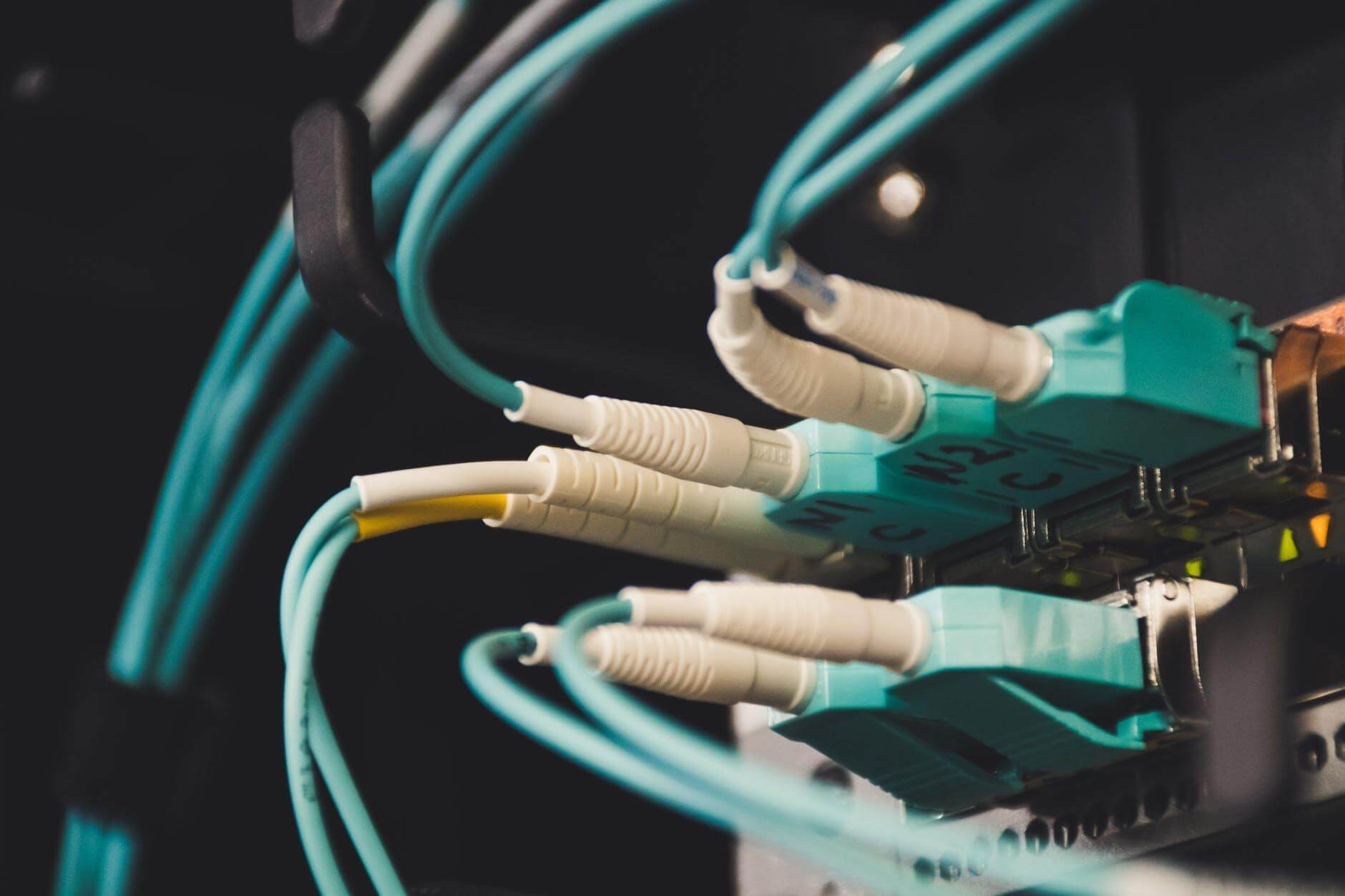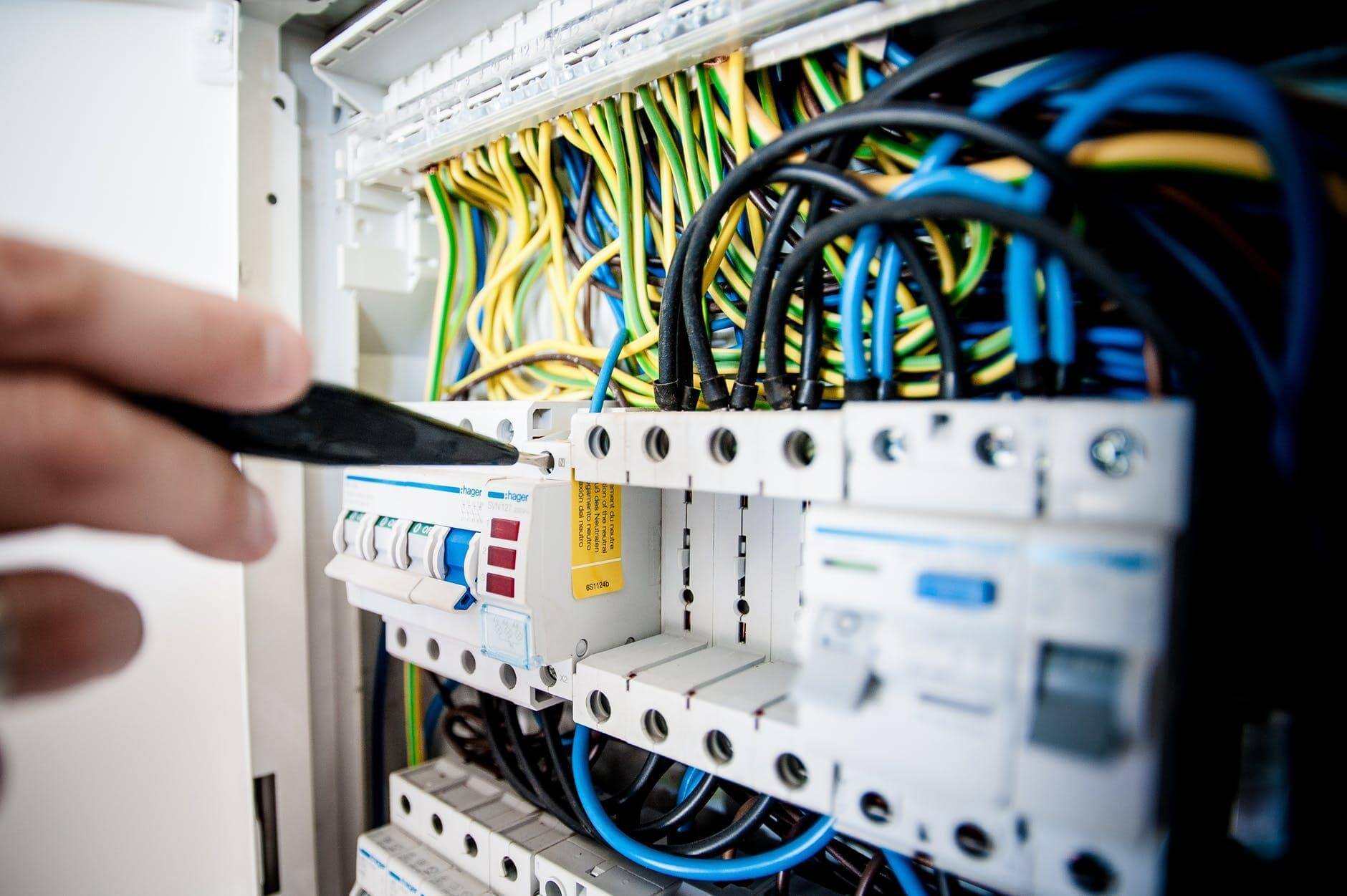Let’s start by stating the obvious: even the best DIY expert may struggle when installing a home security system. For this reason, if you believe that this adventure may be beyond your possibilities, you shouldn’t be ashamed of seeking professional help.
Unless you have already installed an alarm system or you really know how to approach this task, this is not the right time to experiment with your DIY skills. If you fail to connect even one single wire, your system may not work correctly and thus protect your house as it is supposed to do.
If you still wish to proceed and you cannot wait to install your home security system on your own, then we have a few tips for you. Following these steps, installing a closed-circuit system should be easy enough.

Installing the system: the basics
Alarm systems are closed-circuit systems, which installation translates into mounting the sound source (called sounder) in a location where it can be easily heard. This is attached to a circuit of switches and connected to a battery. This is the core that operates the sounder, and that makes it effective even in the event of a power failure.
Usually, there is an electronic switch built into the sounder, that is turned on when the magnetic-switch loop is broken. This is what happens when the alarm is one, and someone opens a door or a window. Most importantly, there is no way to turn the alarm off merely by closing the entrance that first triggered it.
Installing the components
The first element that you should install is the sounder. It is essential to find the right point where it is going to be located so that it can attract the most attention or just scare away burglars. If you decide to install it outdoors, then you must shield it from the weather through a protective metal box. Do not forget to put in the bot the key switch to turn the alarm on or off.
When the sounder is installed, and when eventually you have managed to protect it from rain and moisture, then you can proceed with the door and window switches. You should already find the mounting screws that you need in your alarm kit.
You should position the two parts of each switch so that they are so close they can almost touch each other when the door or window is closed. In this way, they will be widely separated when someone breaks in, and thus trigger the alarm.
If you want, this is the right time to add a motion or fire sensor switch in the loop of your system. If these detectors were not included in your kit, you should first check their compatibility with your home security system.
Connecting the elements
You should now be ready to wire all these components together. In the battery-to-sounder circuit, you must ensure to connect the positive (+) and negative (-) terminals of the battery to the sounder, so that they can work properly.

At this point, you can proceed with the connection of the sounder. It is essential to follow the instructions provided with your home security kit. This is usually the hardest part of the whole installation process. If you are not sure about the right wires to connect, you are still in time to seek guidance from a professional.
Testing the alarm
Once each component is wired properly, you can check if the alarm works. With the key switch in the off position, just close all the windows and doors in your loop. Now turn the key switch on so that the circuit will be in operation.
To test if your new home security system works, you need to open one of the doors or the windows in the loop. If the installation is successful, the alarm should be triggered immediately and thus sound. Most importantly, the alarm should keep ringing even when you close the door.
The only way to turn the alarm off should be by turning off the key switch. Test the system further by turning the key switch back on. At this point, the alarm should remain off until the loop circuit is again interrupted.
If you installed other elements, such as CCTV cameras and motion sensors, you should test all of them before you can be proud of your DIY skills. Do not forget to check also the Wi-Fi connectivity, and the remote control of your home security system from your smartphone or laptop.
If something does not work, and you do not understand why, you will need to ask for the help of an expert. Otherwise, congratulations: your alarm is ready to protect you and your house!



